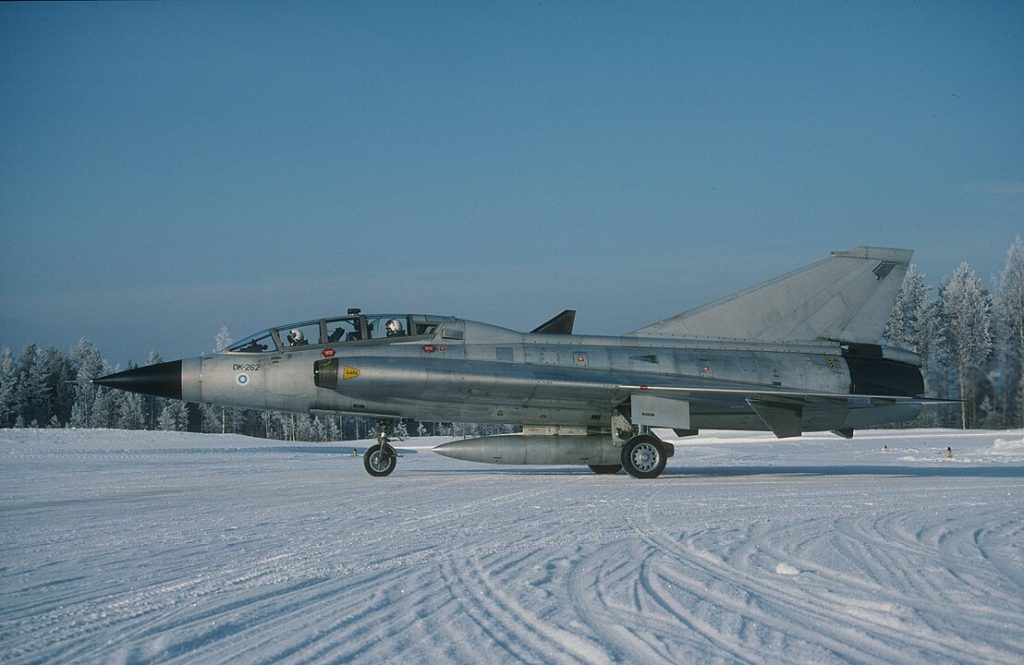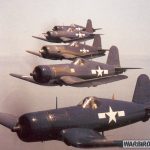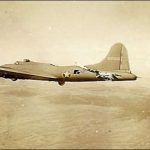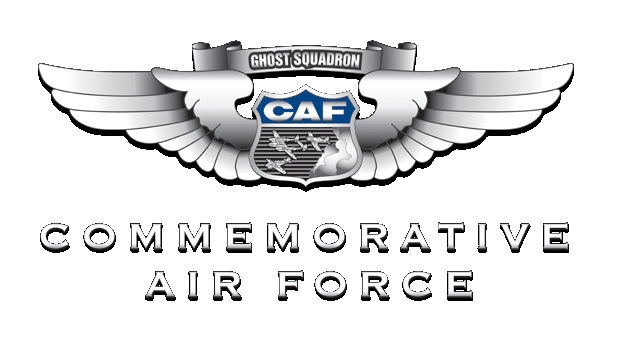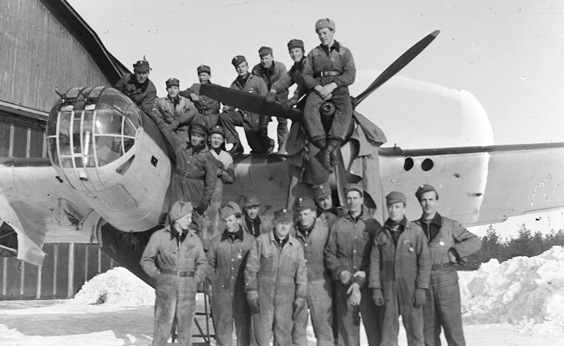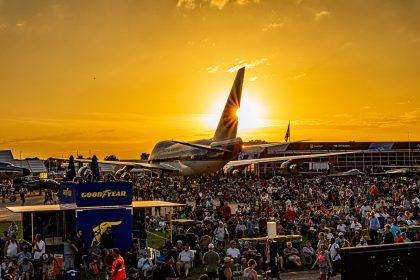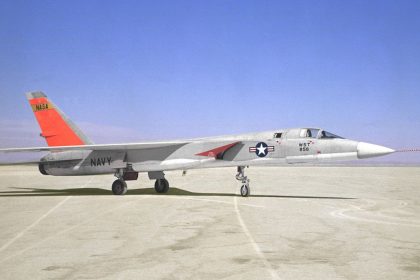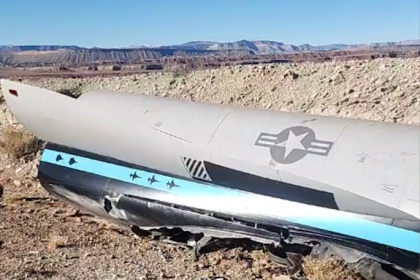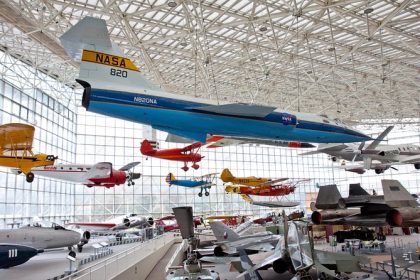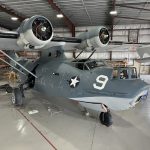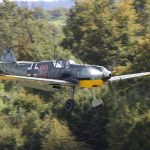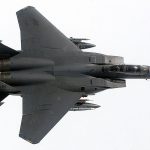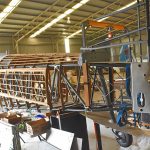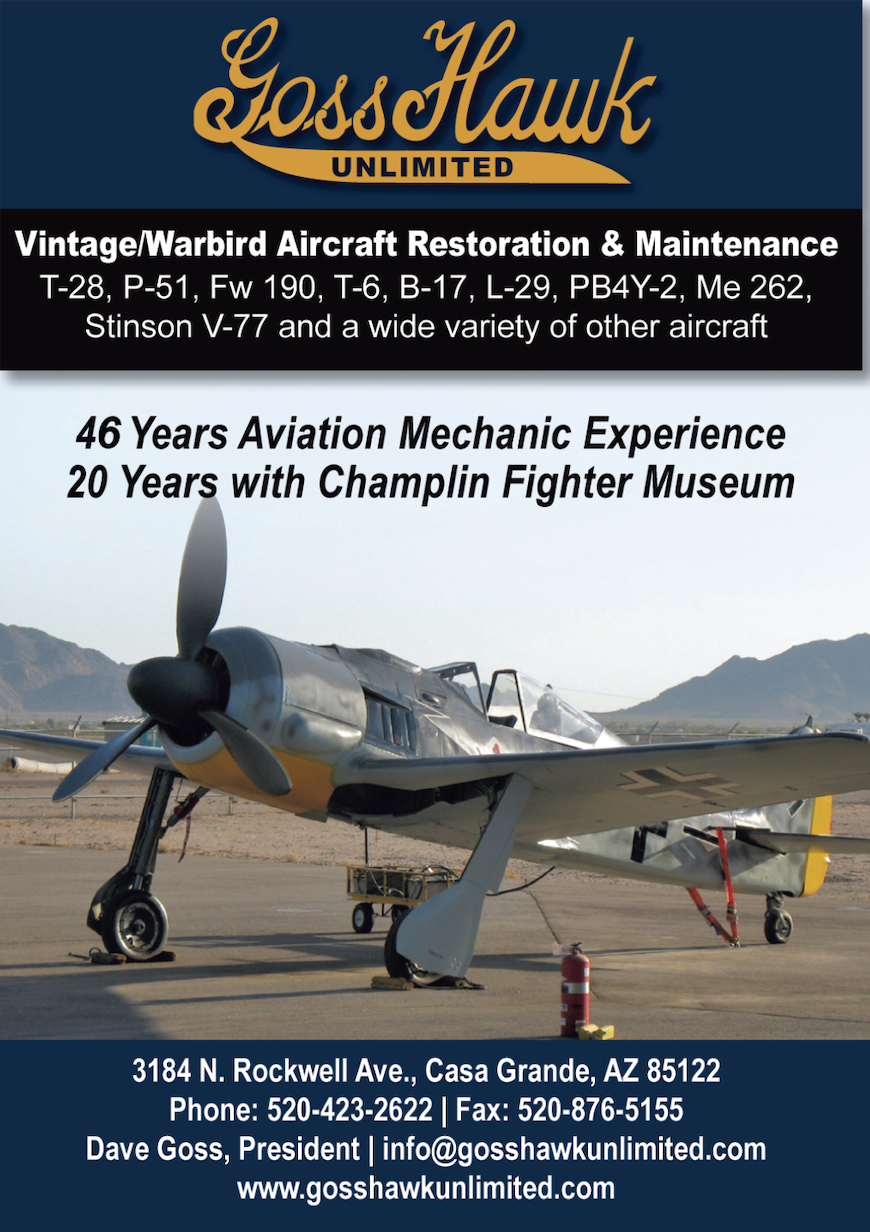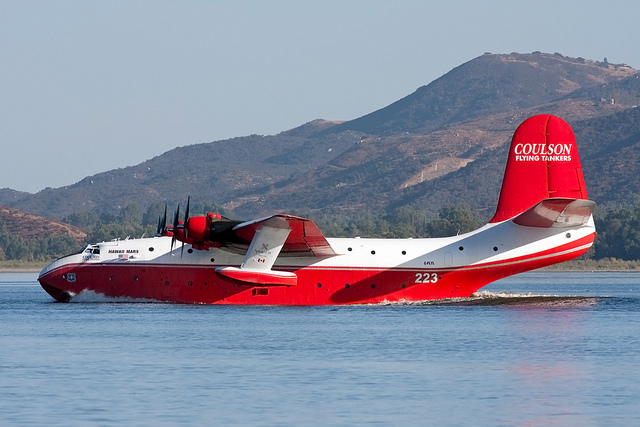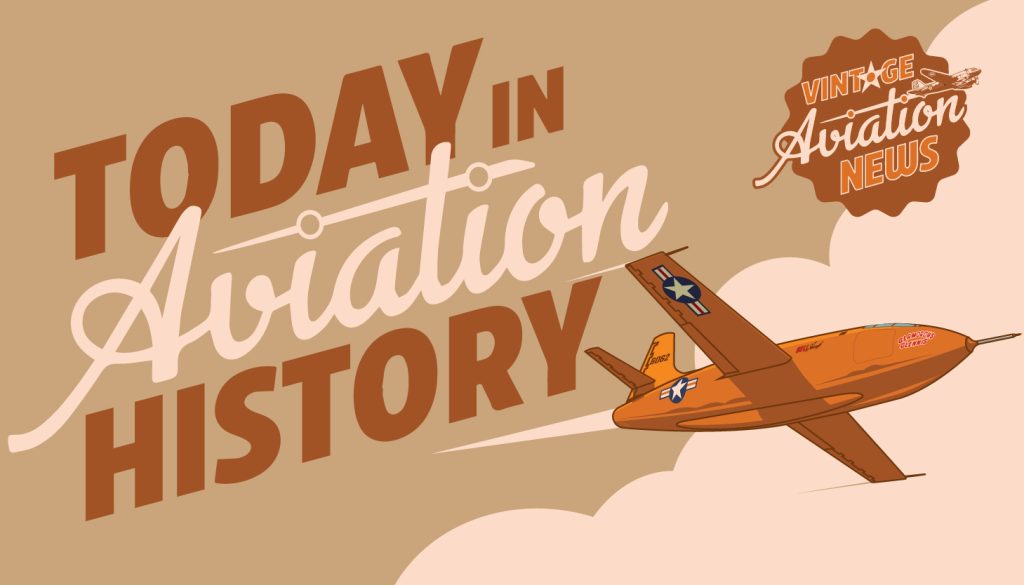
On this day in aviation history, March 6, 1918, the Finnish Air Force (FAF) was officially established, making it one of the oldest air forces in the world—predating even the Royal Air Force. Finland’s complex historical ties with Russia played a significant role in forming the FAF. The Russian Revolution of 1917 and the Finnish Civil War of 1918 caught Finland in the struggle between the Bolshevik-aligned Reds and the nationalist Whites. During the conflict, Soviet aircraft were seized by the White forces, marking the foundation of Finnish military aviation.
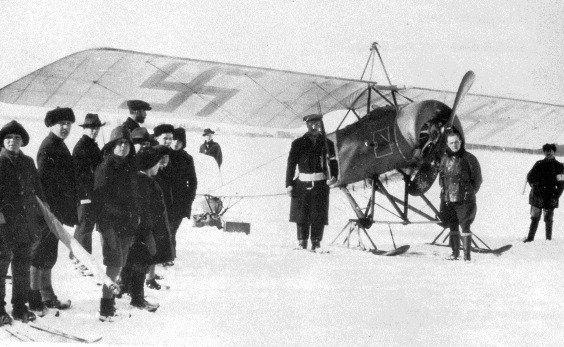
Many consider the FAF’s first aircraft to be the F.1, a Thulin Type D monoplane donated by Swedish nobleman and aviator Eric von Rosen. It was flown to Finland in March 1918 and became the first aircraft to bear what would become the Finnish Air Force’s roundel—a blue swastika, a symbol of good luck at the time, unrelated to its later use by Nazi Germany. Research into the aircraft’s exact details and specifications continues, offering further insight into this pivotal moment in aviation history.
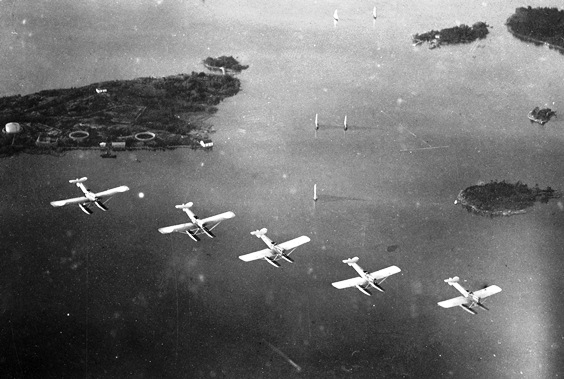
The Finnish Air Force earned widespread recognition for its resilience during the Winter War (1939–1940), when the Soviet Union launched an aerial campaign against Finland, bombing 21 towns and cities. At the time, the FAF’s inventory was limited: only 18 British-built Bristol Blenheim bombers, 32 Fokker D.XXI fighters, 14 Bristol Bulldog fighters, and a handful of liaison aircraft. Despite being vastly outnumbered and operating with outdated equipment, the Finnish pilots employed superior tactics, including the innovative finger-four formation, to outmaneuver Soviet forces. By the end of the conflict, the FAF had downed 218 Soviet aircraft while losing only 47 of their own.
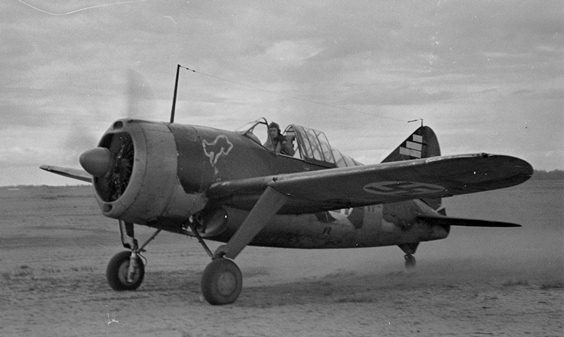
Finland’s military aviation history is a testament to perseverance, innovation, and strategic excellence. The FAF’s motto, “Qualitas Potentia Nostra” (“Quality is Our Strength”), has been exemplified throughout its history. Today, the Finnish Air Force operates advanced F/A-18 Hornets and is in the process of integrating the cutting-edge F-35 Lightning II (64 on order), a remarkable evolution from its humble beginnings over a century ago.
